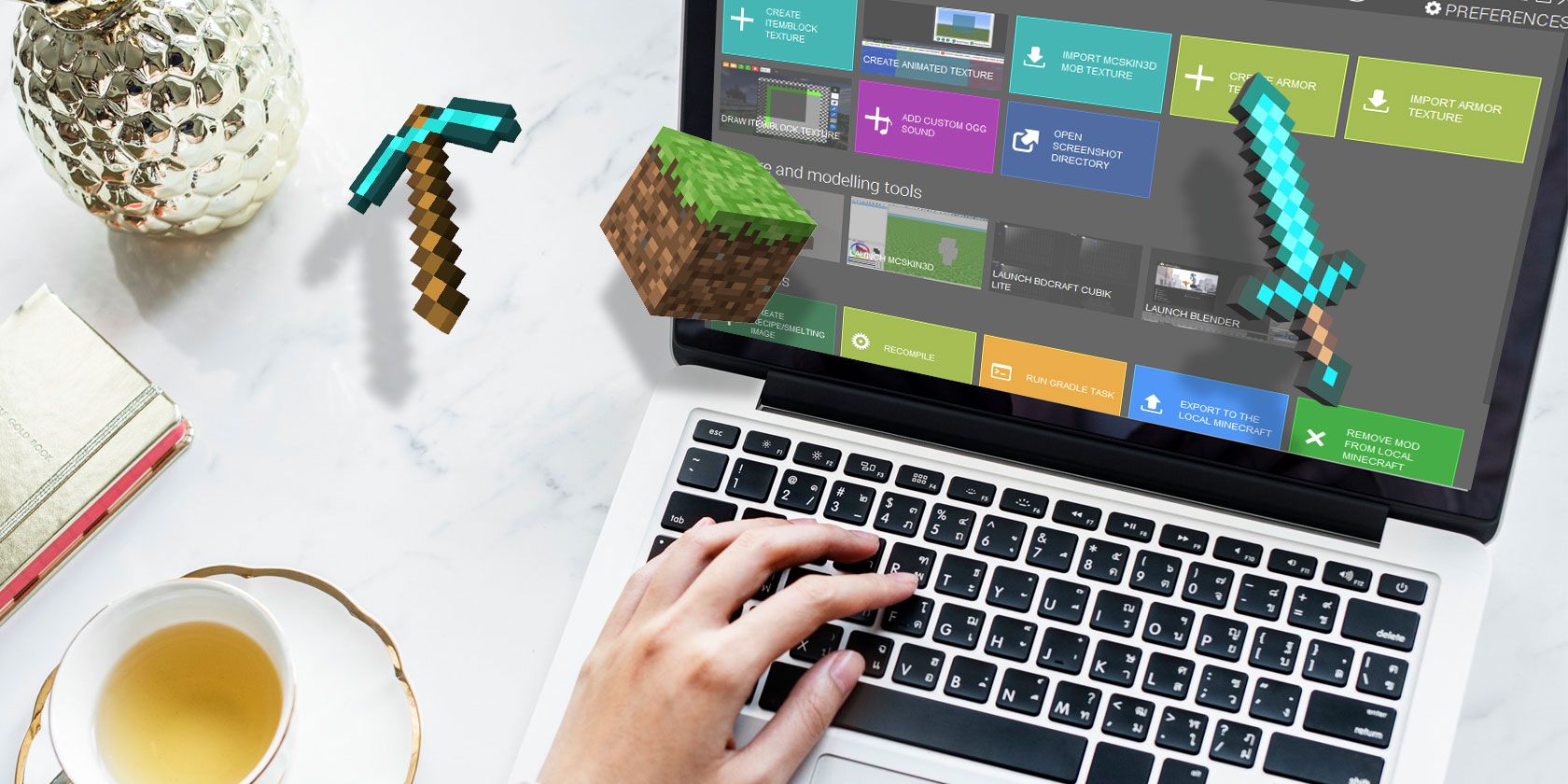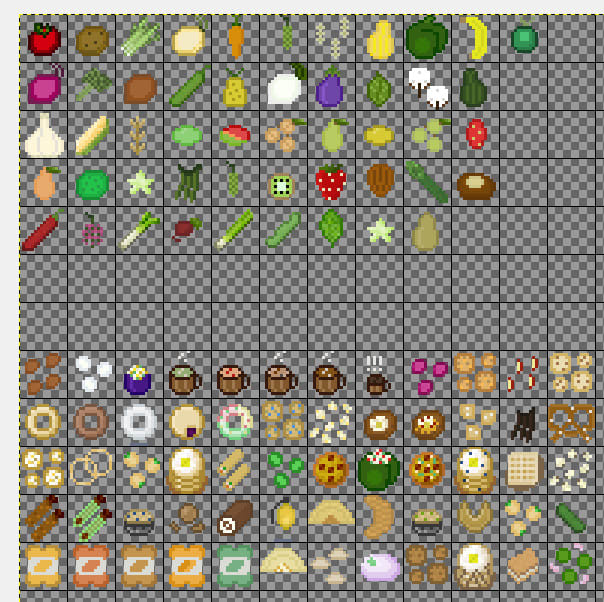

Many mods are small and have negligible effects on performance, but a lot of them can put strain on your computer.

This article originally appeared on Wired.Mods in Minecraft: Java Edition can massively expand the possibilities of play. But it's the first step towards realising that programming is something that's within their grasp. The skills they develop will transfer to other types of programming, such as mobile app development, but that will require quite a bit of additional work. Of course, building Minecraft mods students learn won't turn them into Mark Zuckerberg over night. Foster says this should make the tutorials more accessible to younger programmers, while still offering more advanced options for older kids. Using Blockly, students can create programs by dragging and dropping virtual blocks, instead of typing out line after line of code. ThoughtSTEM has also integrated a kid-friendly programming interface created by Google called Blockly, which is based on MIT's classic programming education system Scratch. To make things a bit more beginner-friendly, LearnToMod relies on another mod called ScriptCraft that enables players to run mods that were created with the programming language JavaScript.
#Minecraft mod creator kids code#
But most of these other classes require students to write code in a programming language called Java. And there are already a few other classes that teach students to create mods, such as MakersFactory's class in Santa Cruz and YouthDigital's online class. In fact, Levin says TeacherGaming is working on its own mod building education program called ComputerCraftEdu, which will eventually be offered both online and in-person. That's really what we want, isn't it? To have kids realise that with code, they can improve their life in a way that's relevant to them. Google even worked with the MinecraftEDU to create an addon to teach the principles of quantum computing. For example, a company called TeacherGaming sells a version of the game called MinecraftEDU that is custom built to help educators create virtual classrooms that can be used to teach everything from history to microbiology.

ThoughtSTEM is far from the first company to use Minecraft for educational purposes. Stepping outside of the virtual classroom And, for an additional fee, the company will also offer an online course that, just like its in-person counterpart, will enable students to earn college credit at UC San Diego. Inspired by the success of students like Strum, the ThoughtSTEM team is now bringing the tools they developed for their own classes to the rest of the world through the LearnToMod. Strum now spends much of his time outside of school coding up new mods, and is also taking the company's class on HTML and JavaScript. "I just think they're doing super," he says. He says the materials and presented "very well" and and that the ThoughtSTEM teachers made it easy to learn. Stanley Strum signed up for the class earlier this year, enticed by the promise of college credit.


 0 kommentar(er)
0 kommentar(er)
